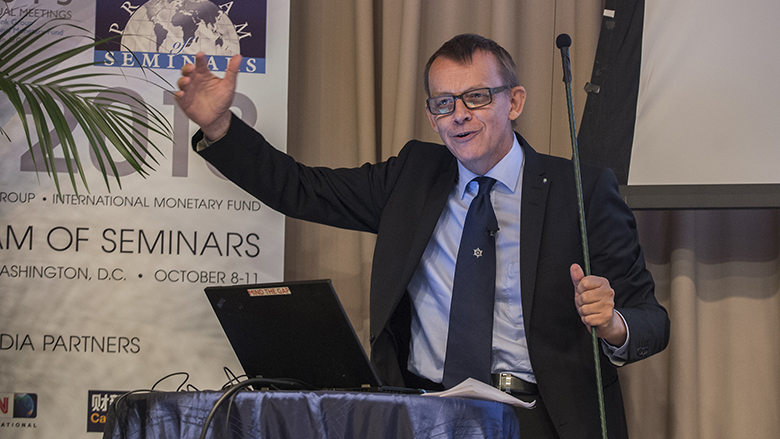By: Donna Barne and Tariq Khokhar
How to sum up 2017? The global economy improved but there were plenty of unsettling and upsetting events and trends. Catastrophic storms and flooding wrecked homes and livelihoods from South Asia to the Caribbean. Education quality in many countries fell short even as much of the world raced into the digital age. Yet extreme poverty continues to decline. Innovation and technology are enhancing the quality of life. And human capital is now the biggest driver of wealth in the world today.


